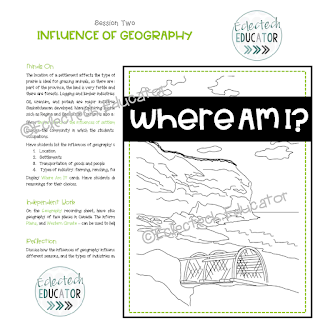Multiplication is a difficult concept for many students to grasp. Many students learn their multiplication tables without understanding the concept that underlies - that multiplication is an easier form of addition.
I created a 118 page resource to help students demonstrate an understanding of multiplication. To demonstrate their understanding of the basic multiplication facts, students will learn the following strategies or properties:
- Zero Property
- Identity Property
- Distributive Property (reinforced for x 7)
- Making Models (Arrays)
- Visual Representations (Skip Counting)
- Doubling (x 2, x 4, and x 8)
- Multiplying by 5 and 10
- Tripling (x 3, x 6, and x 9)
- Tricks For x 9
- Anchor chart(s)
- Word wall cards
- Activity or Station
- Reflection sheet













































